In the Sohag region, archaeologists have unearthed a unique collection of more than 15,000 ostraca, fragments of pottery bearing ancient texts. The largest Greco-Roman deposit ever unearthed in Egypt.
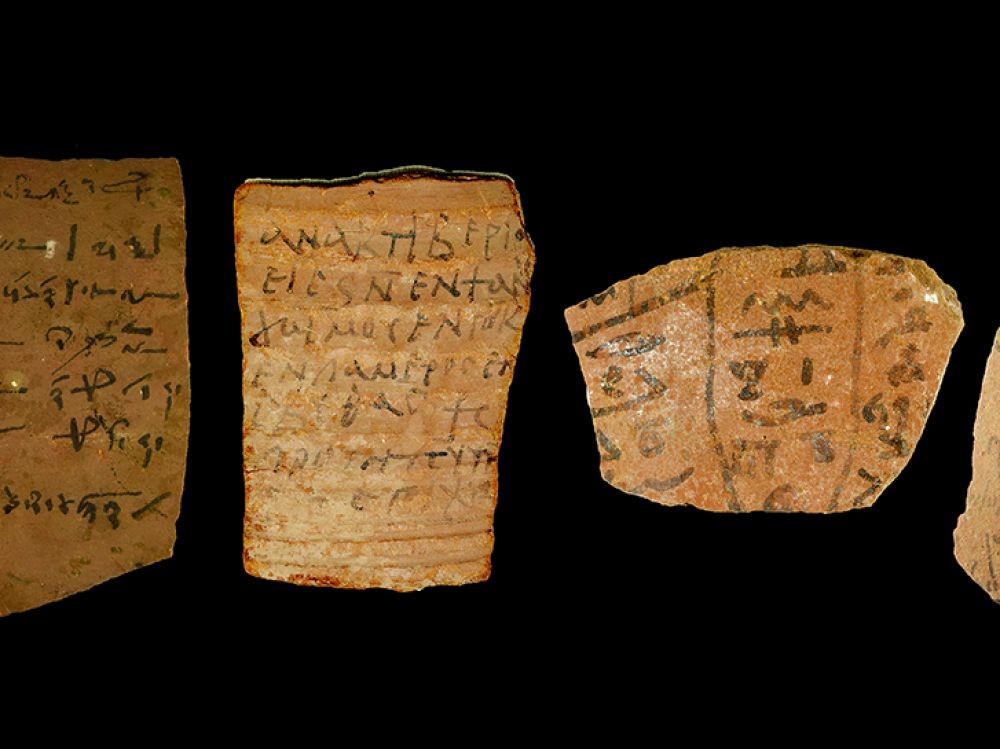
Accounts of offerings in demotic, text with an "alphabet of birds" in hieratic, mathematical exercises... thousands of ostraca, fragments of pottery used as a writing medium were discovered in Athribis, in Upper Egypt
"This is an exceptional find" , explains Sandra Lippert, research director at the CNRS. Recently disclosed by the Egyptian Ministry of Antiquities, it concerns one of the largest exhumations of ceramic shards covered with writings ever carried out in Egypt! Financial transactions, drafts of letters, accounts of offerings linked to religious sanctuaries… It was a German-Egyptian mission led by Christian Leitz of the University of Tübingen (Germany) which unearthed the archaeological site of Al -Sheikh Hamad, at Athribis, southwest of the town of Sohag, a dump containing thousands of ostraca*, as these ceramic fragments are called.
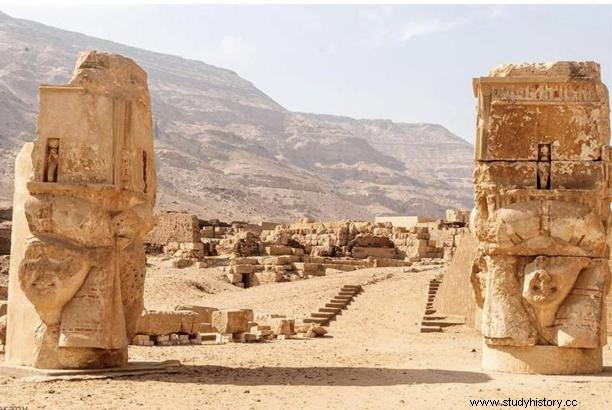
The ruins of Athribis, southwest of Sohag. Credits:Athribis Project, University of Tübingen
The equivalent of our "post-its"
"In ancient Egypt, papyri were not the only writing materials “, indeed recalls Sandra Lippert, joined by Sciences et Avenir . The discovery took place while archaeologists were looking for traces of a chapel dedicated to Osiris mentioned in texts. From 2018, and without interruption since, Egyptologists have extracted hundreds of fragments of containers, pottery and amphorae that the ancient inhabitants of Egypt used as supports to inscribe short texts, like our "post -it" contemporaries. The Egyptians of that time recovered these pieces of broken ceramics which lay by the thousands on the ground to inscribe their memos using a reed pen cut from a reed dipped in black ink, and sometimes even a simple point of charred wood.
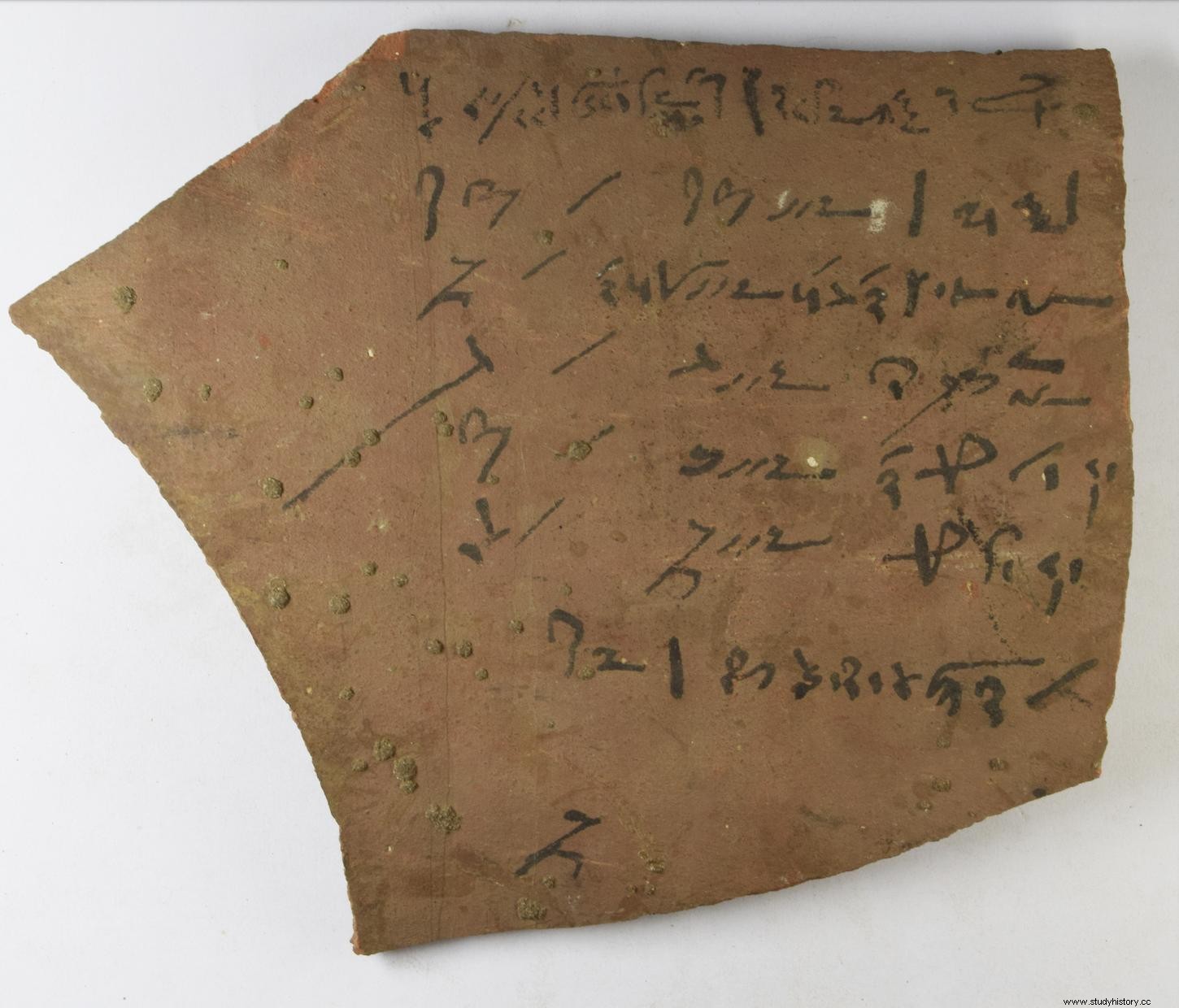
Account of offerings – money, wine, castor and safflower oil, wheat and barley – for the local goddess Respite, written in Demotic, (late Ptolemaic period (1st c. BC). Credits :Athribis project, University of Tübingen
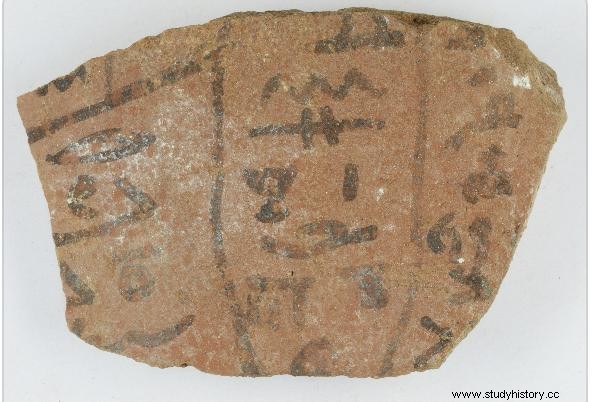
Partial copy of a hieroglyphic inscription concerning local mythology, probably by a pupil (early Roman period, 1st or 2nd c. AD). Credits:Athribis Project, University of Tübingen
"We found there mainly texts in demotic, but also in hieratic script, hieroglyphs, Coptic, and Greek, because from the Ptolemaic period, this script was also used by the ancient Egyptians, including under Roman rule, and even beyond the Muslim conquest of Egypt in 640" . The use of Greek was indeed a prerequisite for working in the administration. The inscriptions shed light on the importance of daily activities carried out in the region of Athribis from the 2nd century BCE until medieval times. Small graffiti were also noted as well as lines of exercises, probably produced by schoolchildren, probably those of the school of the temple of Athribis, in function between the 2nd century BC. J.C and the 2nd century AD. J.C.
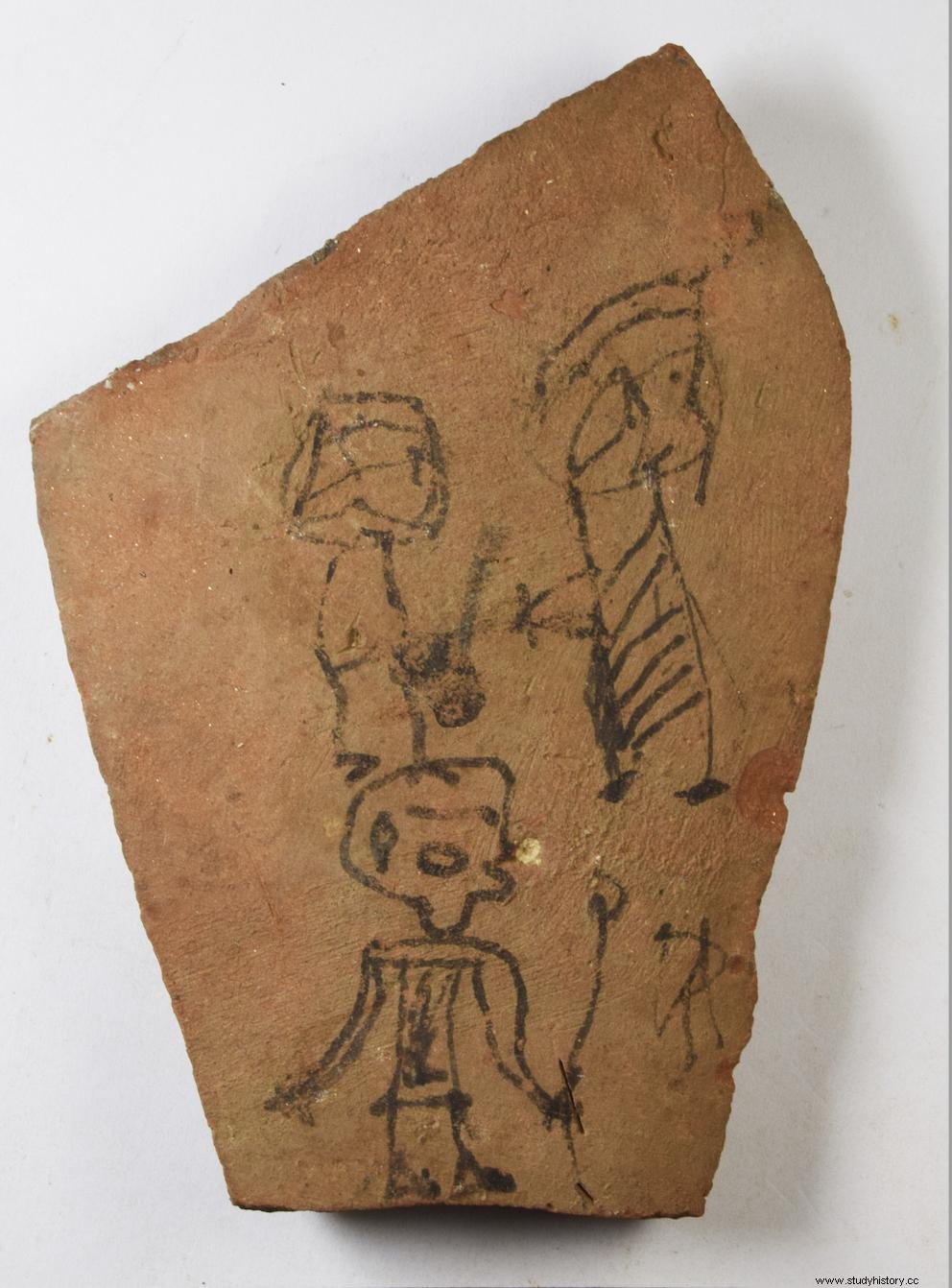
Child's drawing:at the top, two figures, one wrapped in a himation (Greek-style cloak); below, a person whose clothes (bodice and loincloth), scepter and pose recall the divine or royal figures present on Egyptian reliefs (end of the Ptolemaic period or beginning of the Roman period, 1st c. BC). J.C to 2nd AD). Credits:jet Athribis, University of Tübingen
"These shards were dumped on a dump"
Why were these ostraca gathered together? "This is not a 'cache' as we may have read", says Sandra Lippert. "These shards have been thrown away on a dump - of which 40m by 20m have already been cleared -, following agricultural work... carried out at the end of the 19th century!" At the time, no longer benefiting from the alluvial deposits of the Nile because of the construction of a first dam, peasants had the idea to fertilize their fields of recovering from the ruins the thousand-year-old silt bricks which had been used to build them. ancient buildings. As the destruction progressed, farmers thus threw away the thousands of ostraca they encountered, concentrating them artificially in what was to become a dump.
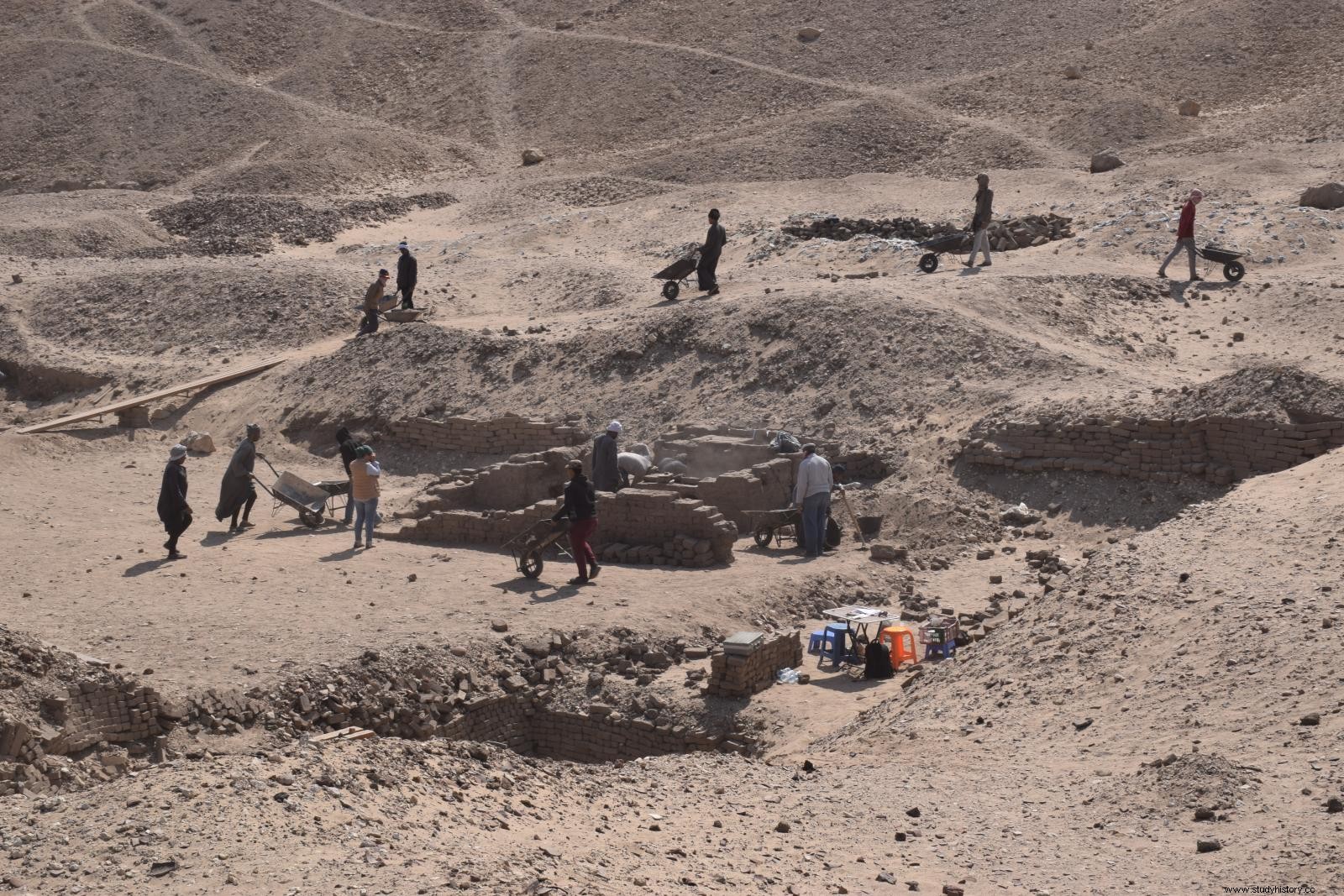 The huge ostraca dump at the Athribis archaeological site. Credits:Project Athribis, University of Tübingen
The huge ostraca dump at the Athribis archaeological site. Credits:Project Athribis, University of Tübingen
To study all of these different writings and languages, an international research group has been formed allowing around ten specialists to collaborate, including scientists from the laboratory of Archeology and Philology of the East and West (AOROC) from UMR 8546, others from the Text History Research Institute (IRHT) of the CNRS, or even Spanish and American researchers. This research, which covers several centuries of ancient history, will require - between extractions and deciphering - years of work, knowing that 500 to 600 ostraca are still extracted from the ground each week!
*an ostracon, ostraca.
